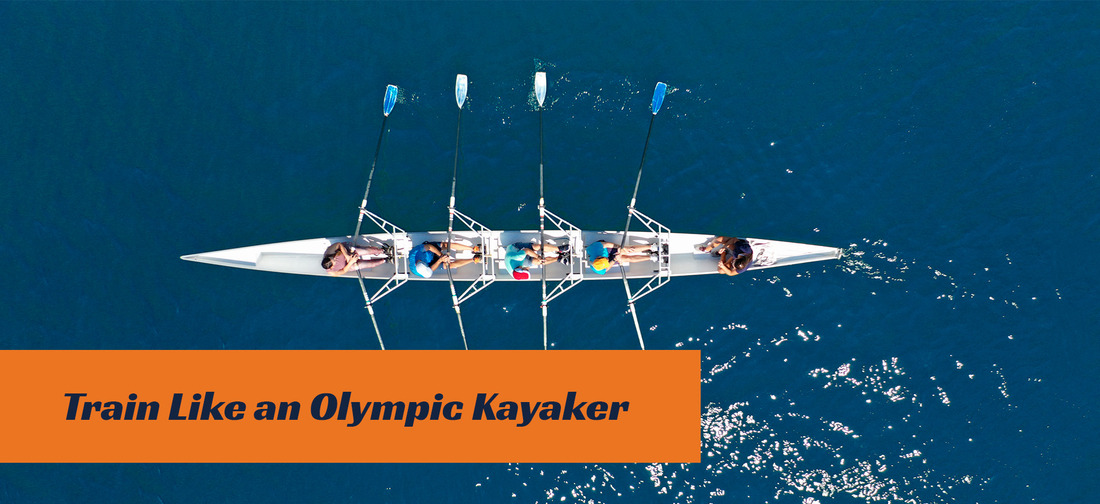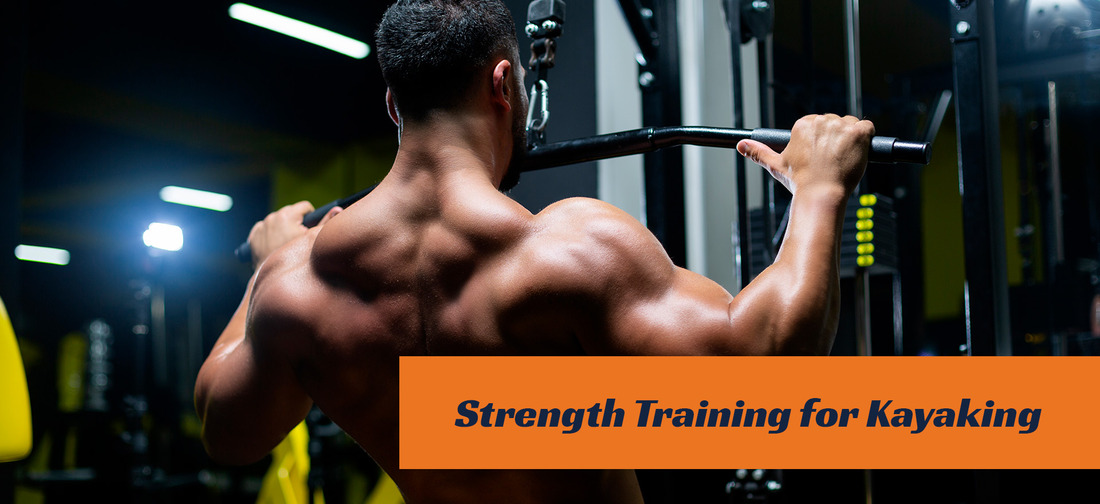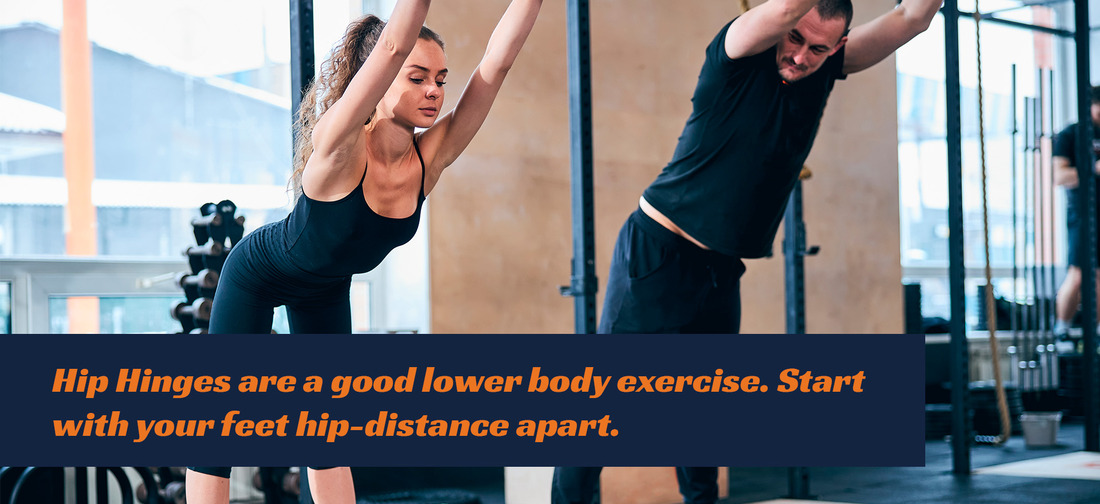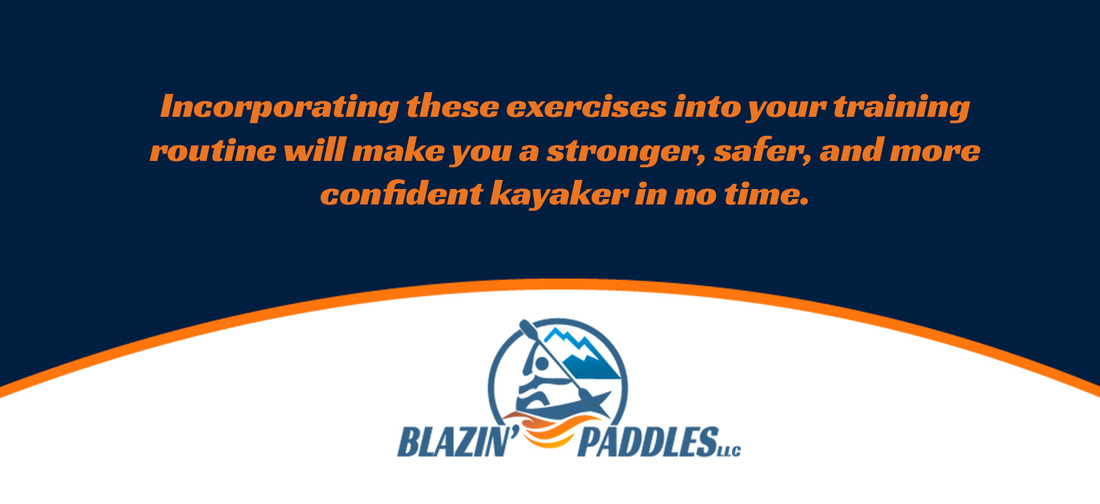How do I increase my stamina for kayaking?
If you’re going kayaking in Nevada, you will want to be in decent shape before heading out on the water. Being physically fit can make any kayaking excursion easier and safer. Before signing up for Las Vegas kayak tours with Blazin’ Paddles, check out these exercises that will help you build strength and stamina for boating.
Train Like an Olympic Kayaker
While you may not intend to be an Olympic kayaker, adopting an Olympian mindset can provide structure and guidance for your kayaking training routine. A pro kayaker’s regular weekly schedule may include three runs, strength training three times per week, and paddling nine times weekly. When training for competition, kayakers might combine a running day with two paddling sessions and a gym day with one paddling session. Even if you’re not training for the Olympics, a varied workout routine like the example above helps with more extended Las Vegas kayak tours or kayaking trips that are more physically demanding.

Change Your Routine Through the Seasons
Many avid kayakers who live in colder climates switch up their workout routine in the late fall, winter, and sometimes early spring when it’s too cold or impossible to get out on the water. They usually hit the gym more in the colder months and resume training outside when the weather improves.
Warm-Ups and Stretching
Whether you are indoors or outside, it’s essential to warm up and stretch before starting your main workout. Warming up reduces the risk of injury to the primary muscles that you will use kayaking, along with their supporting muscle groups. Spend 2-5 minutes moving your body in a manner that is similar to the movements you will use when kayaking. Some good warm-up activities are side bends, torso twists, walking kicks with straight legs, and lunges. You can use those exercises or any others that target the large muscle groups in the trunk, chest, hip flexors, and hamstrings. Each stretch should be performed once or twice and held for 30-60 seconds.
Aerobic Activity
Since kayaking is an aerobic activity, an excellent way to build stamina for paddling is by incorporating other aerobic activities into your routine. While running is a good cross-training exercise, you might also want to include swimming in your aerobic mix. Swimming can generally be performed indoors and outside in the Las Vegas area. No matter where you go, swimming promotes muscular endurance and improves paddling efficiency. Strenuous hiking, which gets the heart pumping and blood flowing, is another aerobic activity that will help with your kayaking goals. Cycling, especially mountain biking, can also increase endurance and work the same muscle groups that are commonly used in kayaking. Cycling, running, and hiking are all activities that primarily work out the leg and lower body muscles, so they are fantastic to combine with weight lifting and strength training for a comprehensive full-body workout.
Strength Training for Kayaking
Strength training protects kayakers from injury, especially to the muscles in the back and upper body that are commonly used when paddling. Injuries to the back, primarily the lower and upper back, affect kayak Las Vegas enthusiasts of all levels. These injuries are commonly caused by repetitive motions of paddling and the stress placed on the spine while bending forward and simultaneously rotating the torso.
Try to perform strength training 1-3 times weekly and take at least two days off between sessions. Start with a warm-up that can include light aerobic activities such as jumping rope or jogging. Then, perform 2-3 sets of each strength training exercise, and aim for 15 repetitions of each one. Use moderate resistance to start with. As you build up strength for kayaking near Las Vegas, increase the resistance level but lower the number of reps to build strength.

If you need the inspiration to start, here are some excellent resistance training activities to try out:
- Single Leg Squat
- Chest Fly
- Hip Hinge
- Hay Baler
- Wood Chop
- Step-Up
- Pull-Down
- Skater
The Single Leg Squat is performed with a resistance band. Start in a standing position with the left arm holding one end of a resistance band. Then, bend the arm into a rowing position near the rib cage. Stand straight and keep your shoulders apart. Inhale while moving into a single leg squat with the right leg and move the left arm out. Then, exhale while standing up from the squat back to the starting position.
The Chest Fly is performed with a resistance band, too. Start by wrapping the band around a secure spot that is chest-high. Stand with your legs apart and face away from the point where the band is tied. Hold one end of the resistance band in each hand and bring the handles towards your chest in a bear hug motion. Inhale while opening your arms backward and inhale, moving them towards your chest.
Hip Hinges are a good lower body exercise. Start with your feet hip-distance apart. Hold your kettle ball with both hands in front of your body. Press into the ground with your feet and bend your knees slightly. Hinge forward from your hips while keeping your back and neck straight. Exhale while returning to a standing position. Complete this repetition 15 times, and take a 30-second break between sets.

Another good exercise for building stamina is the Hay Baler, which is performed with a medicine ball. Start by kneeling on the ground with your knees hip-distance apart. Extend the medicine ball over one shoulder. Inhale while lowering the ball down diagonally across your torso to the hip, and exhale while raising the ball back and towards the opposite shoulder. Keep your torso straight the whole time. Rest for at least 30 seconds in between repetitions.
Next comes the Wood Chop, which also uses a resistance band. Start by securing the band to an anchor over your head. Pull the free handle on the band and face perpendicular to the anchor in a half-squat. Keep your arms straight while rotating up towards the anchor location, then exhale while you rotate down towards the ground and away from the anchor site. Rest for 90 seconds before you move on to the next exercise.
Another good resistance exercise is the Step-Up with a Lateral Raise. Begin with one foot on a box or step. Step up and extend the other foot out laterally to the side as high as you can. Repeat 15 times on one side before switching to the next side. Before moving on to the next exercise, take a 30-second break.
To perform the Pull-Down, tie one end of the resistance band to an anchor at or above head height. Extend your arms straight over your head. Hold a handle in each hand and pull the band down straight towards your thighs.
Last is the Skater. Hop laterally and land on the outside foot, bringing the opposite arm across the chest in a punch-like motion. Twist your torso for the punches rather than just using your arms.
Kayaking in Nevada involves a series of upper and lower body exercises. Incorporating these exercises into your training routine will make you a stronger, safer, and more confident kayaker in no time. Contact Blazin’ Paddles to learn more about training for kayaking near Las Vegas.

